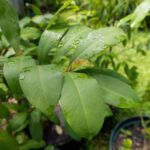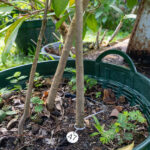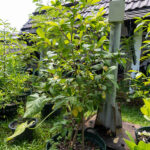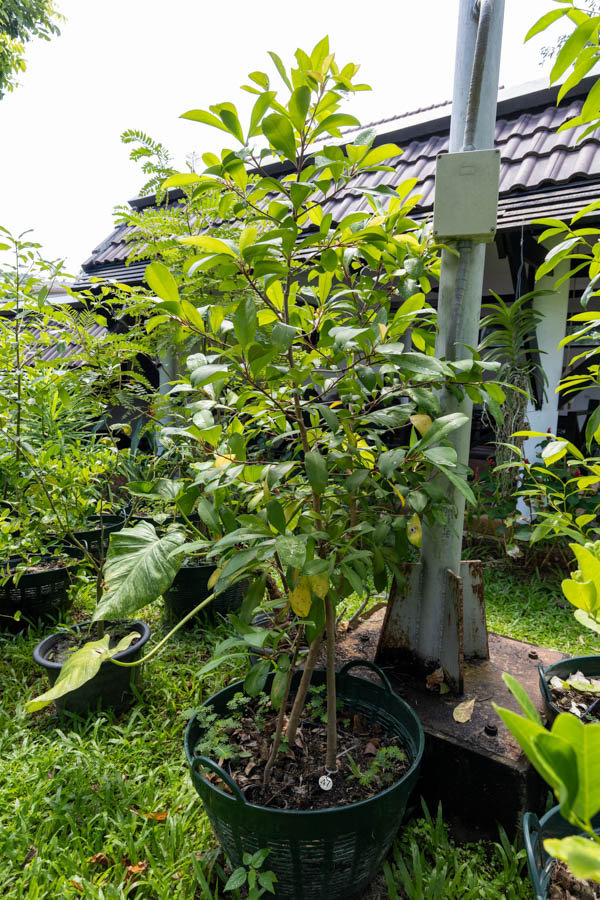กานพลู (Kanphlu) / Syzygium aromaticum – Clove Tree
Family: Myrtaceae
Syzygium aromaticum, known in Thai as กานพลู (Kanphlu), is an evergreen aromatic tree cultivated for its dried flower buds — known globally as cloves. These buds are one of the world’s most valuable spices and a key ingredient in Thai herbal medicine and traditional cooking.
Botanical Characteristics
The tree grows 8–12 meters tall with smooth grey bark and dense, glossy foliage. Leaves are elliptic with a strong clove-like scent when crushed. Flower buds turn from green to bright red before being harvested and dried. Clove trees thrive in warm, humid tropical climates with well-drained soil.
Use in Thai Traditional Medicine
In Thai herbal medicine, กานพลู is considered a warming herb (ยาร้อน) that stimulates circulation, eases digestion, and relieves toothache. Clove oil is applied externally for pain relief and used internally in small amounts to reduce bloating and nausea. It is also a common ingredient in herbal tooth powders and mouth rinses for its antiseptic qualities.
Active Compounds and Effects
Clove oil contains high concentrations of eugenol, a powerful natural antiseptic and analgesic compound. It exhibits antimicrobial, antifungal, and antioxidant properties. Modern research supports its effectiveness in oral care and pain management.
Culinary and Aromatic Uses
Cloves are used in Thai and Asian cooking for their warm, spicy aroma and flavor. They are a common ingredient in curry pastes, soups, and herbal teas, as well as in incense and essential oils for relaxation and purification.
Cultivation Notes
Clove trees prefer tropical humidity, partial shade, and fertile, well-drained soil. Young trees require protection from strong winds. In the KBE Thai Medicinal Herb Garden, clove is maintained as part of the aromatic tree section, linking traditional herbal medicine with culinary heritage.
Historical Context
Cloves have been traded for over 2,000 years and were once as valuable as gold. In Thailand, they symbolize warmth and purification, often used in traditional ceremonies and herbal formulas to restore balance and health.
Disclaimer: This information is provided for educational and historical purposes only. It is not intended as medical advice. Always consult a qualified healthcare professional before using any herbal preparation.




